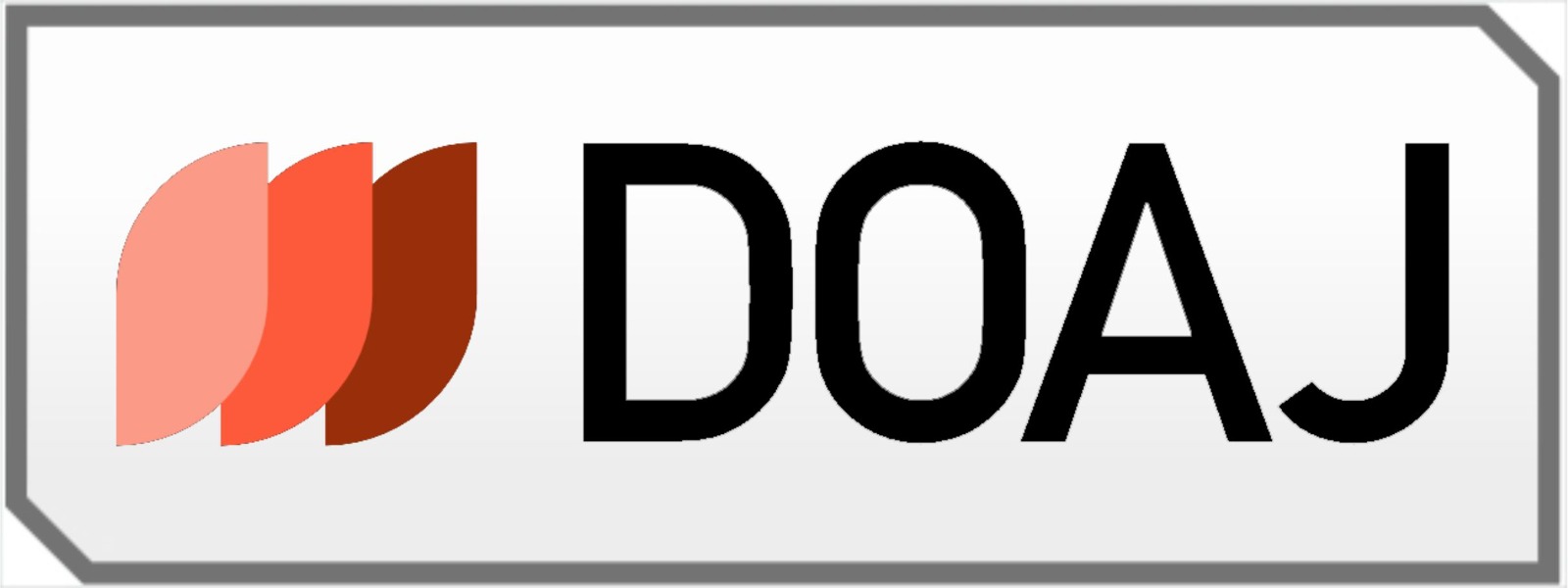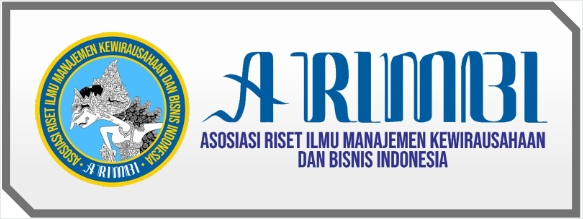Analisis Karakteristik Kolektor dan Proses Pembelian Batu Akik dengan Pendekatan Leisure Study
DOI:
https://doi.org/10.30588/jmp.v7i1.321Keywords:
leisure study, agate collectorsAbstract
The phenomenon of agate collectors into social behavior occurs in Indonesia, it is part of marketing in particular the purchase behavior of agate. This study aims to examine the findings about the characteristics of collectors with leisure study and how the purchasing process of agate in a qualitative research by case study method. The study is based on the concept of using four characteristics offered by Lee and Trace, namely casual collector, serious collector, social collector, and unique collector. Each characteristic will be analyzed in the pattern of social behavior in collecting agate, and how their behavior in the purchasing process of each character, represented by six informants selected through the selection of snowball samples. The results of the analysis show that the four characteristics of collectors have similar behavior in the buying process and to the perception of the aggregate value of the agile collection they seek, but the most important in the data finding is that collectors are part of different target markets than the general consumer.
References
Baudrillard, J. (1996). The Non-functional Systems or Subjective Discourse. London: Verso.
Belk, R.W. (1988a). Collectors and Collecting. Advances in Consumer Research, 548, 15.
Belk, R.W. (1988b). Possessions and Extended-Self. Journal of Consumer Research, 15, September.
Belk, R.W. (1995). Collecting as Luxury Consumption: Effects on Individuals and Households. Journal of Economic Psychology, 16, 477-490. Elsevier.
Bogdanova, E. (.....). A Market for Memories: The Cognitive Organization of the Antiques Trade. Stockholm University, link from: http://www.score.su.se/polopoly_fs/1.79468.1331028574!/menu/standard/file/bogdanova_score%20120308.pdf.
Lee, C. & Trace, C. (2009). The Role of Information in The Coomunity of Hobbyist Collectors. Journal of the Information Society for Information Science and Technology.
Esterberg, K.G. (2011). Qualitative Methods in Social Research. New Jersey: McGraw-Hills, Inc.
Freire, T. (2013). Positive Leisure Science: From Subjective Experience to Social Contexts. Springer Science Bussines Media.
Fulton, C. (2009). Introduction: Pleisurable Pursuits: Leisure and LIS Research. Library Trens.
Gregory, et al. (2012). Collecting Data Qualitative a Field Manual for Applied Research, Sage Publisher.
Hartel, J. (2014). An Interdisciplinary Platform for Information Behavior Research in the Liberal Arts Hobby. Journal of Documentation, 70(5), 945-962.
Kotler, P. (2008). Marketing Management (Thirteenth Edition). New York: Prentice-Hall, Inc.
Kotler, P. & Keller, K.L. (2007). A Framework for Marketing Management. (Twelfth Edition). New York: Prentice-Hall, Inc.
Lee, Y. (1994). The Complex and Dynamic Nature of Leisure Experience. Journal of Leisure Research, 26(3), 195-211.
Markus, H. & Nurius, P. (1986). Possible Selves. American Psychologist.
McConnell, A.R. (2011). The Multiple Self-Aspects Framework: Self-Concept Representation and Its Implications. Personality and Social Psychology Review. http://dx.doi.org/10.1177/1088868310371101.
Miles, M.B. & Huberman, A.M. (2014). Qualitative Data Analysis a Methods Sourcebook (Third Editions). Sage Publications.
Moleong, L.J. (2011). Metodologi Penelitian Kualitatif. Bandung: Remaja Rosdakarya.
Schiffman, L. & Kanuk, L. (2010). Consumer Behavior. NJ: Prentice-Hall, Inc.
Snir, R. (2002). Work-Leisure Relations: Leisure Orientation and the Meaning of The Work. Journal of Leisure Research, 34.
Solomon, M.R. (1999). Consumer Behaviour: Buying, Having, and Being (Fourth
Edition). New Jersey: Prentice-Hall, Inc.
Spurgin, K.M. (2008). Everyday Information Organization Practice in the Pursuit of Leisure: The Information Organization, Management and Keeping Activities of Amateurs Art Photographers. Information Organization of Mateurs Photographers.
Stebbins, R.A. (2009). Serious Leisure and Work. Blackwell.
Stebbins, R.A. (2010). Leisure Reflections. LSA Newsletter, 85.
Sugiyono. (2010). Metode Penelitian Kuantitatif Kualitatif dan R&D. Bandung: Alfabeta.
Sutopo, H.B. (2006). Metode Penelitian Kualitatif. Surakarta: Sebelas Maret University Press.
Veal, A.J. (1992). Definitions of Leisure and Recreations. Australian Journal of Leisure and Recreations, 2(4).
Watkins, M. (2000). Ways of Learning about Leisure Meanings. Taylor and Francis.
Downloads
Published
How to Cite
Issue
Section
License
Authors who publish with Jurnal Maksipreneur agree to the following terms:
Authors retain copyright and grant the Jurnal Maksipreneur right of first publication with the work simultaneously licensed under a Creative Commons Attribution 4.0 International License that allows others to share (copy and redistribute the material in any medium or format) and adapt (remix, transform, and build upon the material) the work for any purpose, even commercially with an acknowledgment of the work's authorship and initial publication in Jurnal Maksipreneur.
Authors are able to enter into separate, additional contractual arrangements for the non-exclusive distribution of the journal's published version of the work (e.g., post it to an institutional repository or publish it in a book), with an acknowledgment of its initial publication in Jurnal Maksipreneur. Authors are permitted and encouraged to post their work online (e.g., in institutional repositories or on their website) prior to and during the submission process, as it can lead to productive exchanges, as well as earlier and greater citation of published work (See The Effect of Open Access).























